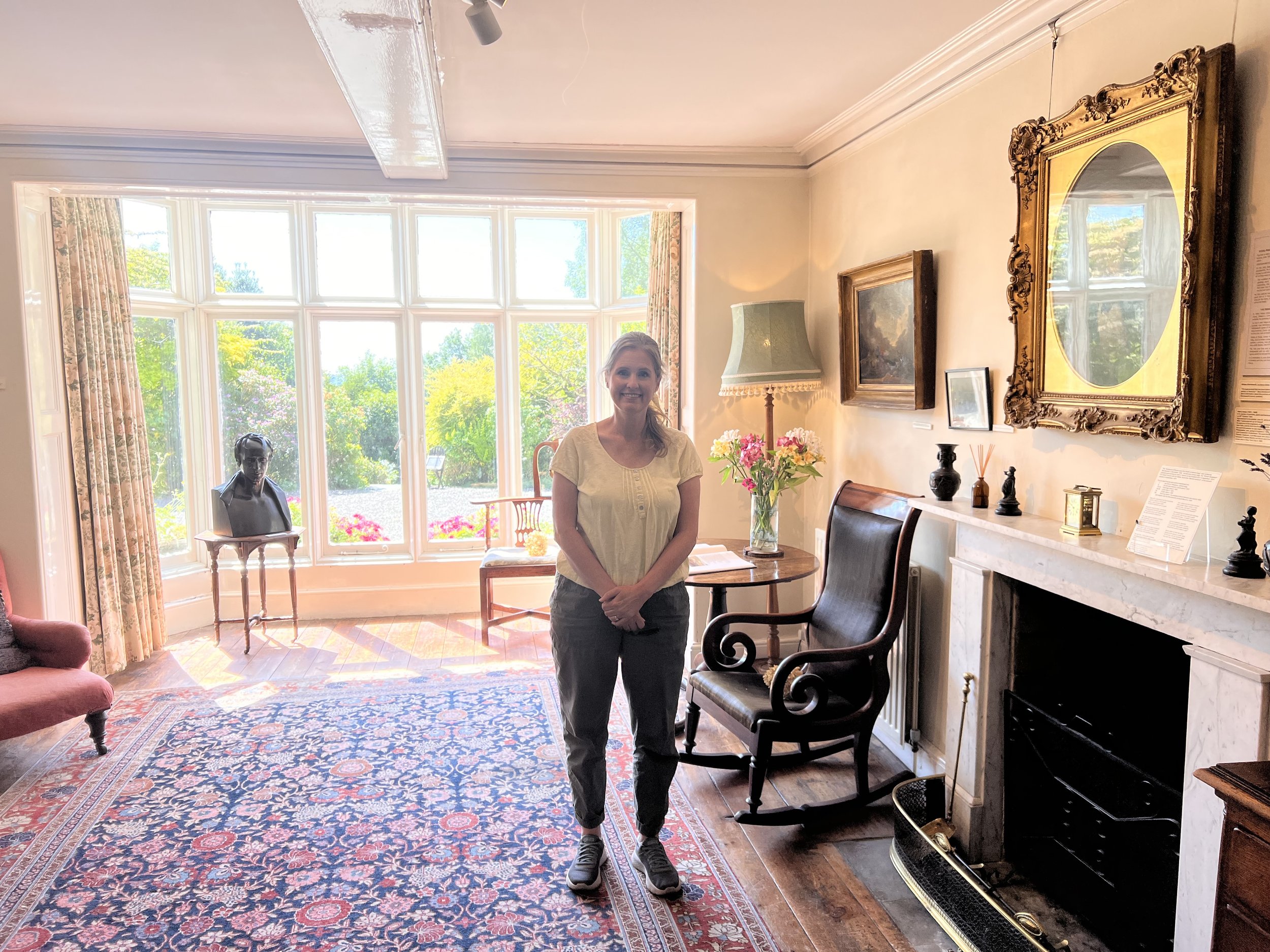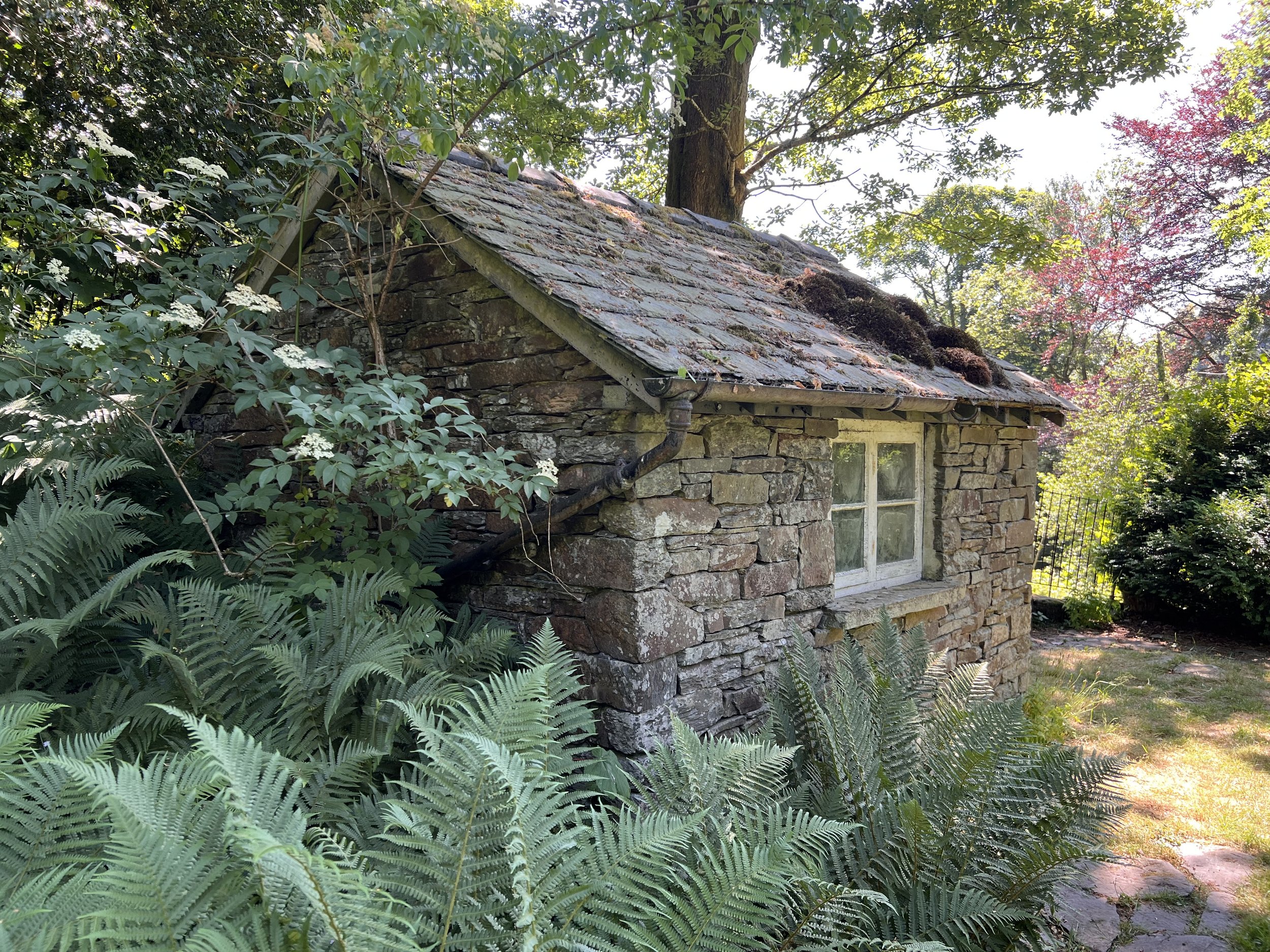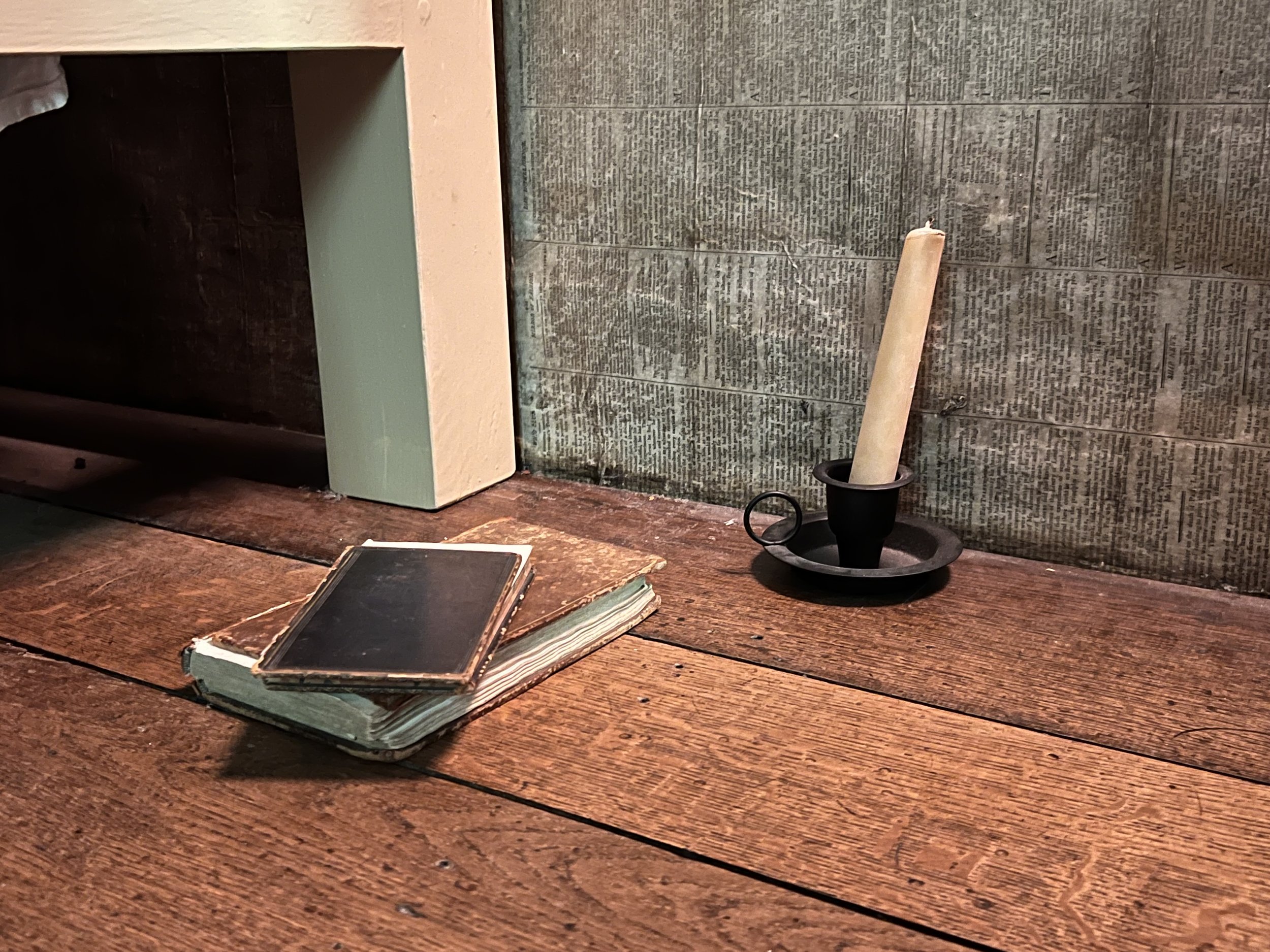Wordsworth
“On that best portion of a good man’s life;
His little, nameless, unremembered acts
Of kindness and of love.”
I got up early on Wednesday morning (Jun 14) and headed out for the Scafell Pike trailhead. I was less than a mile down the road when the tire pressure monitoring system warning chimed that the right-rear tire was registering low pressure. I pulled over and, sure enough, the tire was obviously under inflated.
Avis sent out an Automobile Association (AA) driver who filled the tire. We then followed him down to the town of Kendal where the tire was replaced at no charge at Kwik Fit.
So, who came first AA or AAA? Interesting question:
The Automobile Club of Southern California (Auto Club) was founded on December 13, 1900, in Los Angeles as one of the nation's first motor clubs dedicated to improving roads, proposing traffic laws, and improvement of overall driving conditions.
The American Automobile Association (AAA) was founded on March 4, 1902, in Chicago, Illinois, in response to a lack of roads and highways suitable for automobiles.
The Automobile Association (AA) was founded in Britain in 1905, to help motorists avoid police speed traps! 😂
Eventually they expanded into other forms of roadside service and branded themselves as “your 4th emergency service.”
AA Roadside Telephone Boxes—Something like our Call Boxes in California, AA installed 862 phone boxes throughout the UK. AA members were given a key that provided them access to the phones inside the telephone boxes.
By the early 1960s no more traditional boxes were being built and now only 19 remain, eight of which are Grade II listed buildings.
Above is Box 487 on Dummail Raise, on A591, 10 miles south of Keswick in the Lake District. Its telephone number was “Grasmere 258.” It is a Grade II listed building.
While we were in the “big city” getting our tire replaced, I used the opportunity to take care of printing, filling out, and then scanning some paperwork for our CPA and to get the over-zealous U.S. Customs and Border Protection to release the hold they have on the clothes we shipped home.
I went to the small Ryman Stationary but their computer wouldn’t read my drive. Apparently Ryman is the only such store in town, so I went to the library to see if they would take pity on me. I am now the proud owner of a Cumbria County Library Card.
Add it to the ever-growing list of strange things you encounter on a prolonged journey through a foreign country.
After dinner, we walked around Ambleside and found this old Urban District Council (UDC) sign from the late 1890s.
William Wordsworth
William Wordsworth was one of the founders of English Romanticism and one its most central figures and important intellects. He is remembered as a poet of spiritual and intellectual speculation, a poet concerned with the human relationship to nature, and a fierce advocate of using the vocabulary and speech patterns of common people in poetry.
For Wordsworth, “Nature” was both teacher and parent, shaping the person and poet that he became. From this came an inner strength that served him through life.
As he matured, his intense childhood experiences gave way to a more reflective relationship with Nature, and the sense of a world in which humanity and Nature are part of a greater whole.
Wordsworth's belief that time spent in the natural world has strong benefits for us chimes with much current thinking on wellbeing.
The poet advises us that to benefit from Nature, we should be attentive and open, bringing with us “a heart that watches and receives.”
2020 marked the 250 year anniversary of his birth, and you’ll recall from the end of our last post that we toured the home in the town of Cockermouth where he was born and grew up.
His idyllic childhood ended abruptly with the death of his mother, followed a few years later by the passing of his father.
As a young man he toured France. When he returned to the Lake District, he lived in Dove Cottage, Allan Bank, the Rectory in Grasmere, and finally at Rydal Mount.
Today we visited Dove Cottage and Rydal Mount. We started in reverse order with Rydal Mount.
Rydal Mount
Rydal Mount, just north of Ambleside, was William Wordsworth's best-loved family home for the greater part of his life (36 years)—from 1813 to his death in 1850 at the age of 80.
Because we visited his final home at Rydal Mount ahead of Dove Cottage, I’ll tell some of the story from Dove Cottage while we walk through Rydal Mount.
When William returned from France to the Lake District he was reunited with his beloved sister Dorothy. They lived together in Dove Cottage from 1799 to 1808.
In 1802, Wordsworth married his childhood friend Mary Hutchinson. Dorothy continued to live with the couple.
John was born at Dove Cottage in 1803.
Dora was born at Dove Cottage in 1804.
Thomas was born at Dove Cottage in 1806.
In May 1808 Wordsworth moved his wife Mary, their three young children, his sister Dorothy, and Mary's sister Sarah Hutchinson to a rented villa called Allan Bank.
Here at Allan Bank the Wordsworths had 2 more children:
Catherine was born in 1808.
William “Willy” was born in 1810.
Unfortunately, Allan Bank wasn't built to a high standard and suffered from constantly smoking chimneys that covered the furniture in soot.
The Wordsworth's growing family also made it cramped, so in 1811 the family moved to the Rectory in Grasmere (a building that is no longer standing).
Tragically, not long after moving to the Rectory, Catherine died in June 1812 at the age of 3, and Thomas died in December 1812 at the age of 6. Both children were buried at St Oswald’s Church just across from the Rectory.
Given the tragedy that befell them in that house and the proximity to the graves, the family moved to Rydal Mount in 1813.
In time, Rydal Mount grew to be the family’s best-loved home.
William and Mary’s bedroom.
The beautiful view from their bedroom.
Dora’s Room—Dora was their second child and had a long-suffering struggle with tuberculosis. Dora married Edward in 1841, adopting Edward’s two daughters.
Dora was, however, to continue in ill health, and after only six years of marriage, she died in 1847 at age 42, at Rydal Mount, where she had been nursed in her final days of illness.
Wordsworth had previously bought a field adjoining the garden of Rydal Mount, intending to build a house there. When this proved unnecessary Wordsworth dedicated the field to his daughter, and it became known as "Dora's Field."
On Dora's death, although both parents were 77 years old at the time, they personally planted the field with daffodils as a living memorial to their daughter. Each year these have multiplied and now provide a wonderful display of many thousands each spring.
This was the bedroom on William’s sister Dorothy. The pictures above the bed are of Dorothy, Mary, and Dora.
Rydal Mount has a beautiful expansive hillside garden covered with trees and plants, which also includes this “Summer House,” where William would sit and compose his verse.
Hmm…what rhymes with Nantucket?
Rydal Water visible through the garden trees.
Garden shed.
Looking over Rydal Water.
Dove Cottage
Travel back in time, before Rydal Mount, to Dove Cottage, where William Wordsworth and his sister Dorothy lived from 1799 to 1808.
After arriving at Dove Cottage in 1799, William and Dorothy set about making Grasmere their home: they walked extensively, named places in the landscape after members of their family, gathered plants for their garden, drank tea with their neighbors, and wrote of what they did and observed.
In 1802, William married Mary Hutchinson. Dove Cottage became home to their growing family. Despite its rural isolation, the cottage was a destination for the family's notable friends, including Samuel Taylor Coleridge, the novelist Walter Scott and the scientist Humphry Davy.
Their first three children were born here; afterward, they moved to Allan Bank followed by the rectory in Grasmere.
Walking into the home was an unexpected pleasure.
The house so quickly transports you back 200+ years that you can’t help but feel a true sense of euphoria—dim lighting, dark wood cabinetry and walls, and large flagstone floors.
A truly rarified space.
The downstairs bed chamber.
They hid four mice in the house for kids to find. You can’t fool us, we found two right away!
The kitchen. Again, darn these new fangled cameras that do such a good job capturing light, so much so that the kitchen actually appears well-lit.
In fact, like the rest of the house, it was quite dark, as it would have been when the family lived here, lit only by one small window and the light from the fire.
Wonderfully creaky old stairs. At the landing halfway up is a door to the back garden.
Dorthy’s small bed chamber upstairs. The walls were plastered with old news papers in an attempt to add some form of insulation to help keep the room warm. You can only imagine how well that worked.
So fun to imagine reading and writing everything by candlelight. Probably far less romantic than I imagine.
#3
#4
Ah, so fun to imagine William, Dorothy, and Mary working together in this room, copying out poems, perhaps altering them as they go along.
“It was a sweet morning—everything green & overflowing with life, & the streams making a perpetual song with the thrushes & all the little birds.”
The back garden.
St Oswald’s Church, Grasmere
The Wordsworth’s family church.
Young Catherine’s headstone.
Young Thomas’ headstone.
William and Mary’s headstone (left), Dora’s headstone (center), and William and Dorothy’s brother John’s headstone (right).
Dorothy’s headstone.
“We have all of us
One human heart.”












































